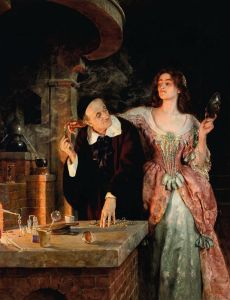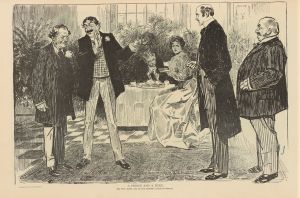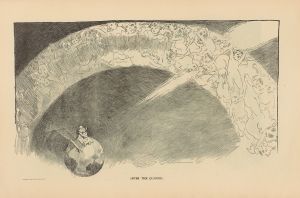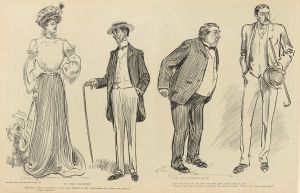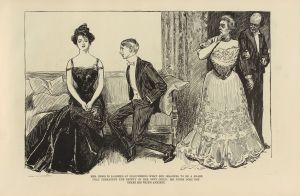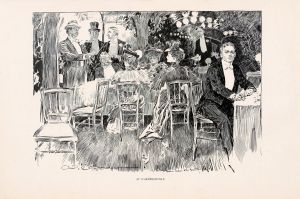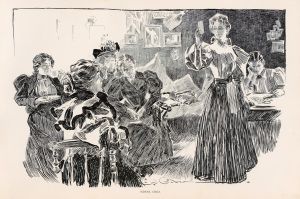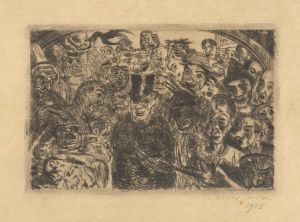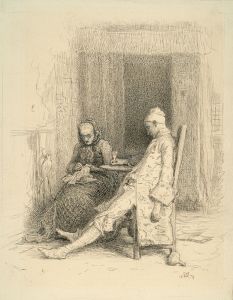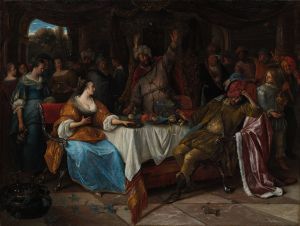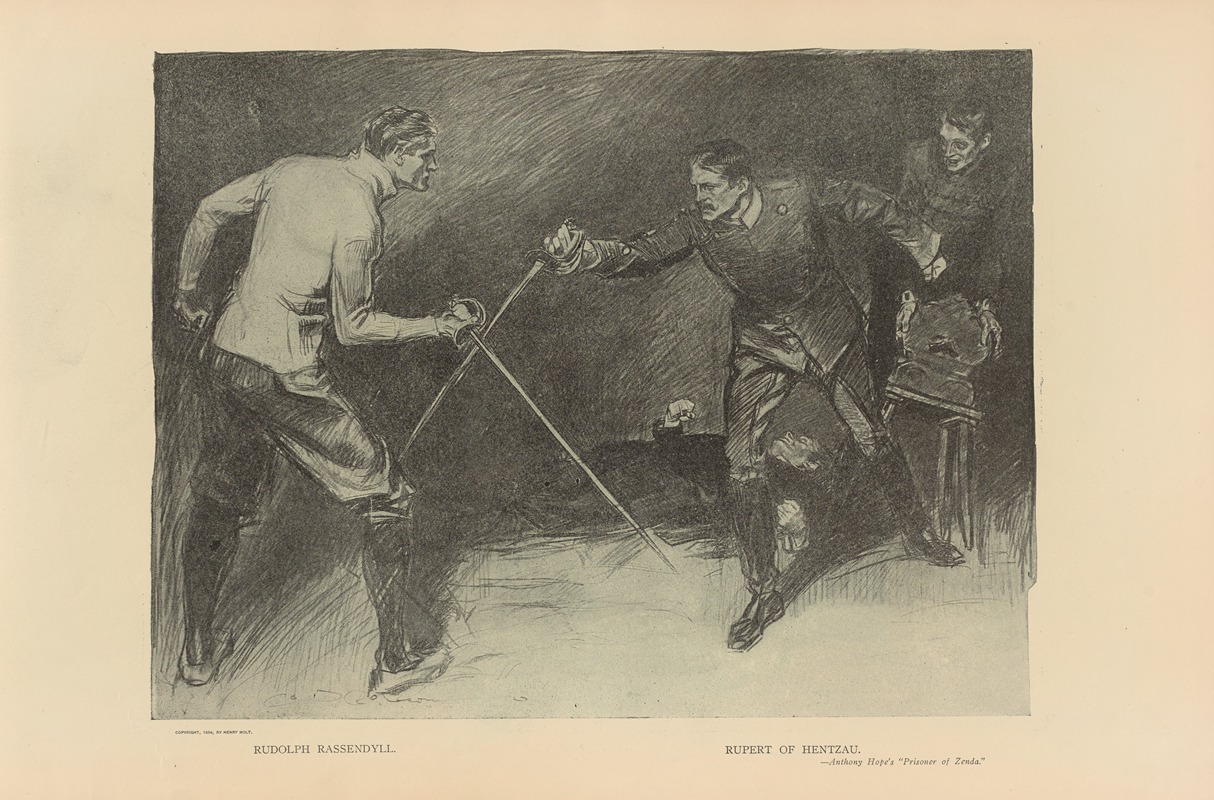
Rudolph Rassendyll. Rupert of Hentzau
A hand-painted replica of Charles Dana Gibson’s masterpiece Rudolph Rassendyll. Rupert of Hentzau, meticulously crafted by professional artists to capture the true essence of the original. Each piece is created with museum-quality canvas and rare mineral pigments, carefully painted by experienced artists with delicate brushstrokes and rich, layered colors to perfectly recreate the texture of the original artwork. Unlike machine-printed reproductions, this hand-painted version brings the painting to life, infused with the artist’s emotions and skill in every stroke. Whether for personal collection or home decoration, it instantly elevates the artistic atmosphere of any space.
"Rudolph Rassendyll. Rupert of Hentzau" is an illustration created by the American artist Charles Dana Gibson, renowned for his iconic "Gibson Girl" drawings. This artwork is associated with the novel Rupert of Hentzau (1898), written by British author Anthony Hope as a sequel to his earlier work, The Prisoner of Zenda (1894). Both novels are set in the fictional European kingdom of Ruritania and revolve around themes of adventure, romance, and political intrigue.
Charles Dana Gibson's illustration depicts two central characters from the story: Rudolph Rassendyll, the protagonist, and Rupert of Hentzau, the antagonist. Rassendyll is a noble Englishman who becomes entangled in Ruritanian politics due to his striking resemblance to the country's king. Rupert of Hentzau, on the other hand, is a charismatic yet morally ambiguous figure who plays a pivotal role in the sequel. The artwork captures the tension and drama between these two characters, reflecting the adventurous and suspenseful tone of the novel.
Gibson's work was likely created as part of the illustrations for serialized or published editions of Rupert of Hentzau. During the late 19th and early 20th centuries, it was common for novels to be accompanied by illustrations, which helped bring the characters and settings to life for readers. Gibson, already a celebrated illustrator at the time, contributed his artistic talent to enhance the visual appeal of the story.
The style of the illustration is characteristic of Gibson's pen-and-ink technique, which emphasizes fine lines, detailed expressions, and dynamic compositions. His ability to convey emotion and narrative through his drawings made him one of the most sought-after illustrators of his era. While Gibson is best remembered for his depictions of the "Gibson Girl," his work on literary illustrations, such as this piece, demonstrates his versatility and skill in capturing a wide range of subjects.
The exact date of the creation of this specific illustration is not definitively documented, but it aligns with the publication period of Rupert of Hentzau. The artwork remains an example of Gibson's contribution to the visual culture of his time and his role in shaping the way literary characters were imagined by contemporary audiences.





